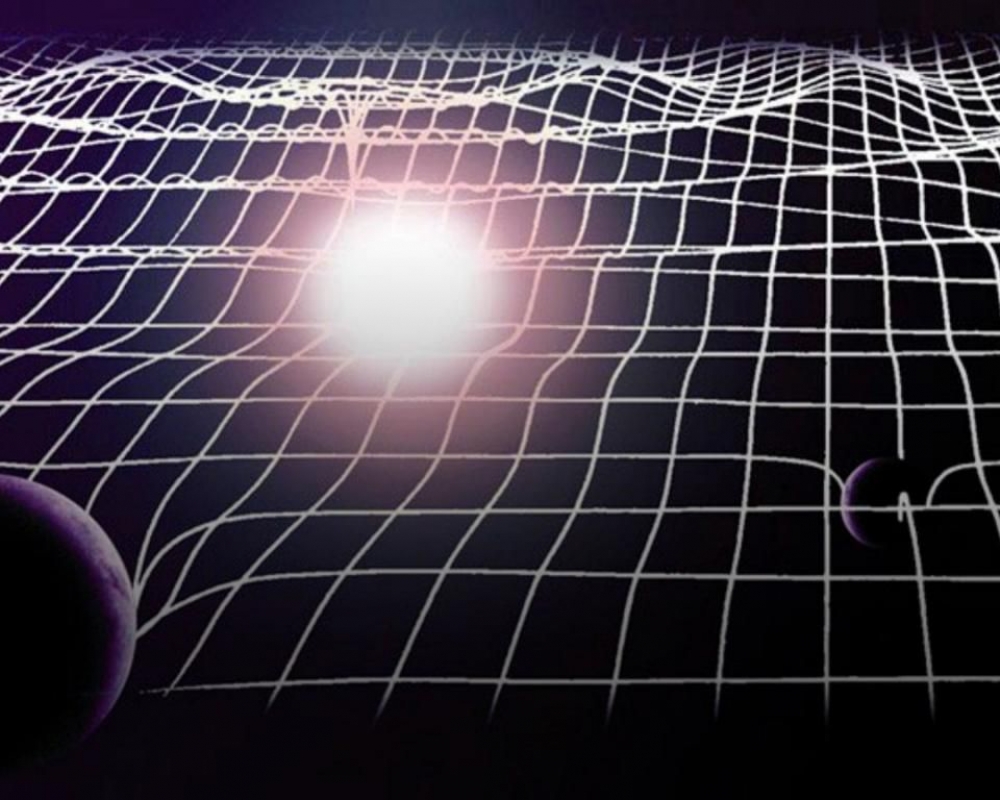Ask Ethan: Why Don't Gravitational Waves Get Weaker Like The Gravitational Force Does?
 Any distant gravitational source can emit gravitational waves and send out a signal that deforms the fabric of space, which manifests as gravitational attraction. But while gravitational forces fall off as the distance squared, the gravitational wave signal only falls off proportionally to the distance.
Any distant gravitational source can emit gravitational waves and send out a signal that deforms the fabric of space, which manifests as gravitational attraction. But while gravitational forces fall off as the distance squared, the gravitational wave signal only falls off proportionally to the distance.
EUROPEAN GRAVITATIONAL OBSERVATORY, LIONEL BRET/EUROLIOS
Ethan Siegel - Senior Contributor
Mar 2, 2019
One of the things we often just accept about the world is that physical effects get weaker the farther away we get from them. Light sources appear dimmer, the gravitational force gets weaker, magnets deflect by smaller amounts, etc. The most common way this arises is through an inverse-square law, meaning that if you double the distance between you and the source that creates the effect you're measuring, the effect will be one quarter of what it was previously. But this isn't true for gravitational waves, and that puzzles reader Jack Dectis, who asks:
You have stated:
1) The strength of gravity varies with the square of the distance.
2) The strength of gravity waves, as detected by LIGO, varies directly with the distance.
So the question is, how can those two be the same thing?
This is a real surprise to almost everyone when they hear about it, even professional physicists. But it's true! Here's the science of why.
See full text